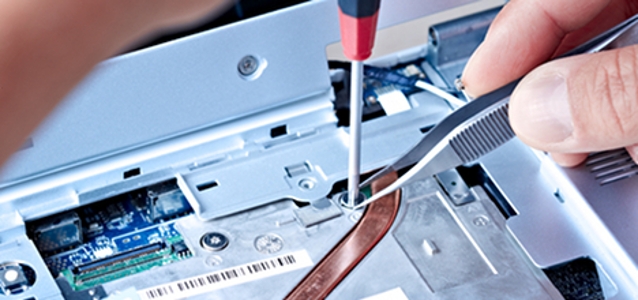
© daniel schweinert dreamstime.com
Analysis |
Taiwanese Take Early Lead in UHD LCD-TV Panel Market
Taiwanese suppliers Innolux Corp. and AU Optronics Corp. have taken a commanding lead in the nascent market for next-generation ultra-high definition (UHD) liquid crystal display television (LCD-TV) panels, with a combined 78 percent share of shipments in the first half of the year.
Innolux held a 42.8 percent share of unit shipments, while AUO grabbed 35.6 percent, according to the Display Materials and Systems service at IHS Inc. (NYSE: IHS), a leading global source of critical information and insight. In contrast, LG Display and Samsung Display Corp., which dominate the overall LCD and LCD-TV panel market, held a collective share of only 4 percent of UHD shipments.
“Most television brands are counting on UHD sets—with their astounding 3,840 by 2,160 resolution—to rejuvenate sales,” said Sweta Dash, senior director, display research and strategy for IHS. “That’s why the Taiwanese suppliers are focusing heavily on meeting early demand for UHD LCD panels. Meanwhile, South Korean suppliers LGD and Samsung have turned their attention to a different technology: the active matrix organic light emitting diode (AMOLED) panel, which they believe represents the next generation of television. This has allowed the Taiwanese to jump ahead in the early phase of the UHD LCD panel business.”
UHD goes on the air
UHD shipments are tiny at present, amounting to 568,000 units in the first half of the year, or less than 1 percent of the total LCD-TV panel market. However, the television business has high expectations for the technology, with UHD is set to be the main topic at Europe’s largest technology show, the IFA 2013 event held Sept. 6 through 11 in Berlin.
TV panel makers are betting on a high rate of growth for UHD LCD TVs during the next four years. These companies expect to ship nearly 2.3 million UHD LCD panels this year, up from less than 33,000 units in 2012.
“Television sales declined in 2012, as consumers diverted their spending to exciting new products like smartphones and media tablets,” Dash said. “That’s why television brands are working hard to promote exciting new technologies like UHD that they hope will bring the wow factor to the TV market and trigger demand.”
UHD upside
So far, the UHD market has underperformed the television industry’s expectations, with slower-than-expected demand that has caused panel inventories to swell this year. However, the oversupply has led to sharp price decreases for panels and sets. This will make UHD sets more affordable and competitive during the holiday season.
Already, 55-inch UHD TVs are available from major brands such as Sony for prices ranging from $4,000 to $5,000. Meanwhile, cheaper, lower specification products from value brands at the 50-inch size have fallen to less than $1,500 in the Chinese market.
AMOLED balloons?
LGD and Samsung have focused most of their energies on resolving problems with AMOLED technology, including higher costs and manufacturing and yield issues. These challenges have resulted in very low volume shipments for AMOLED televisions in the first half of this year.
A 55-inch curved OLED TV in full high-definition format now is selling around $14,000, well out of the price range for the mainstream market. This high cost is enough to persuade most panel suppliers and television brands to stay out of the AMOLED segment and instead focus on the UHD LCD-TV business.
However, LGD and Samsung have not been deterred and since July have begun expanding their UHD panel shipments, setting up a battle between the two technologies.






